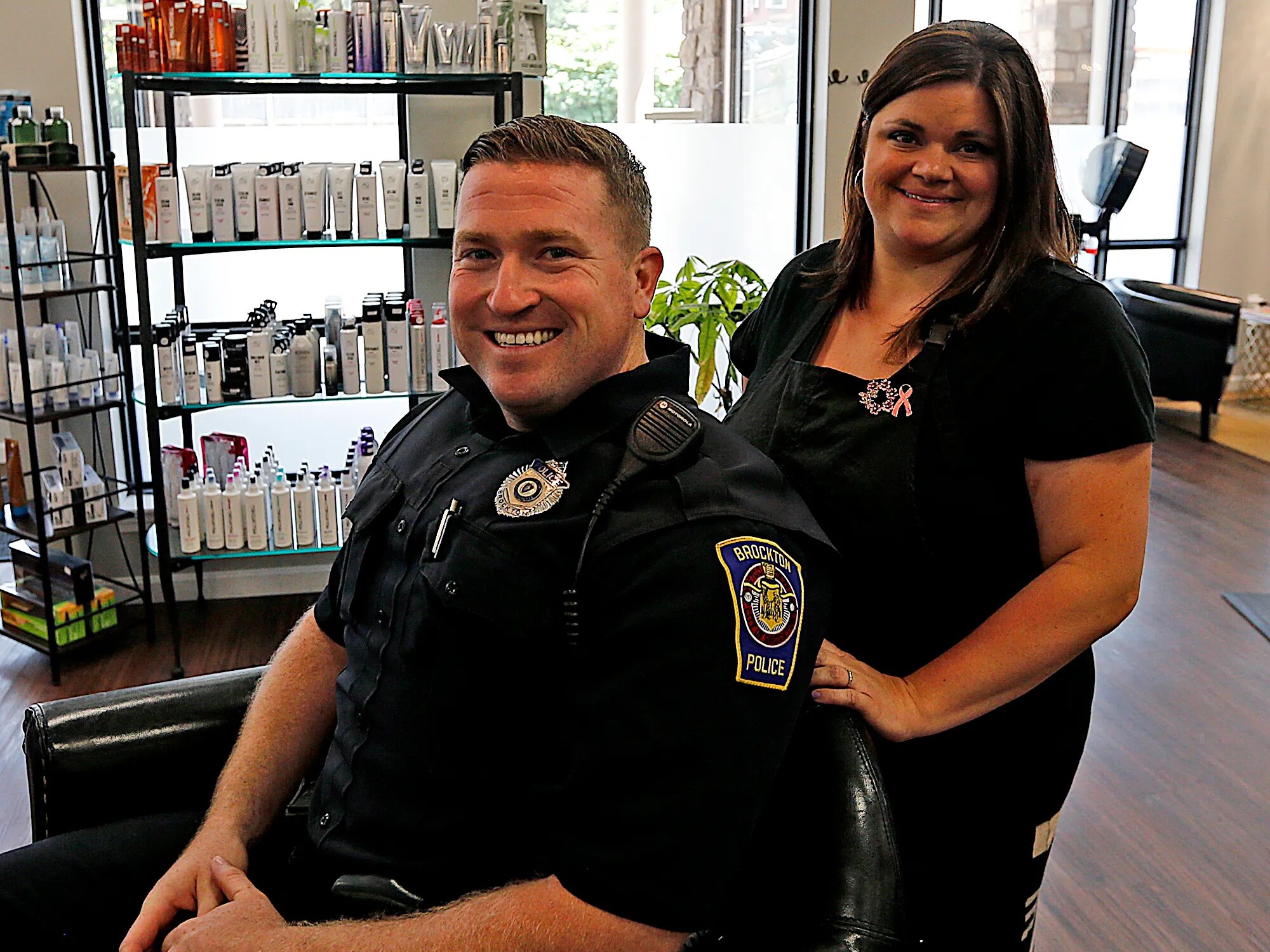Introduction to Police Haircut
The concept of a “police haircut” is more than just a matter of personal grooming; it is an essential part of the law enforcement uniform that conveys professionalism and uniformity. Across the globe, police departments enforce grooming standards that dictate not only the type of hairstyles their officers can wear but also the overall appearance that is deemed acceptable. These standards, which can vary widely from one region to another, serve multiple functional and symbolic purposes in the policing profession.
The Importance of Grooming Standards in Law Enforcement
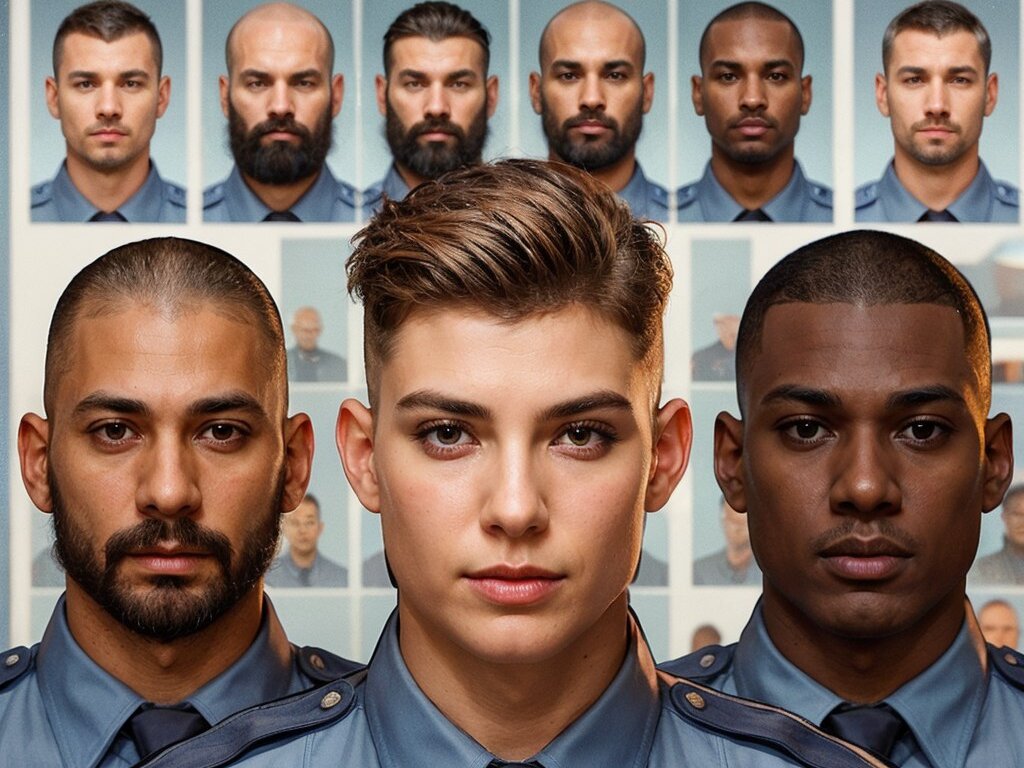
Grooming standards in law enforcement, including the “police officer haircut,” are crucial for several reasons. Firstly, they promote a professional image that is critical to garnering respect from the public. A clean and uniform appearance helps in establishing authority and fostering a sense of discipline among the officers. Secondly, these standards minimize risks during physical confrontations, as shorter haircuts are harder to grab. Lastly, they reduce the maintenance and distractions that can come with longer hairstyles during active duty.
Historical Perspective on Police Haircuts
Early Standards and Their Implications
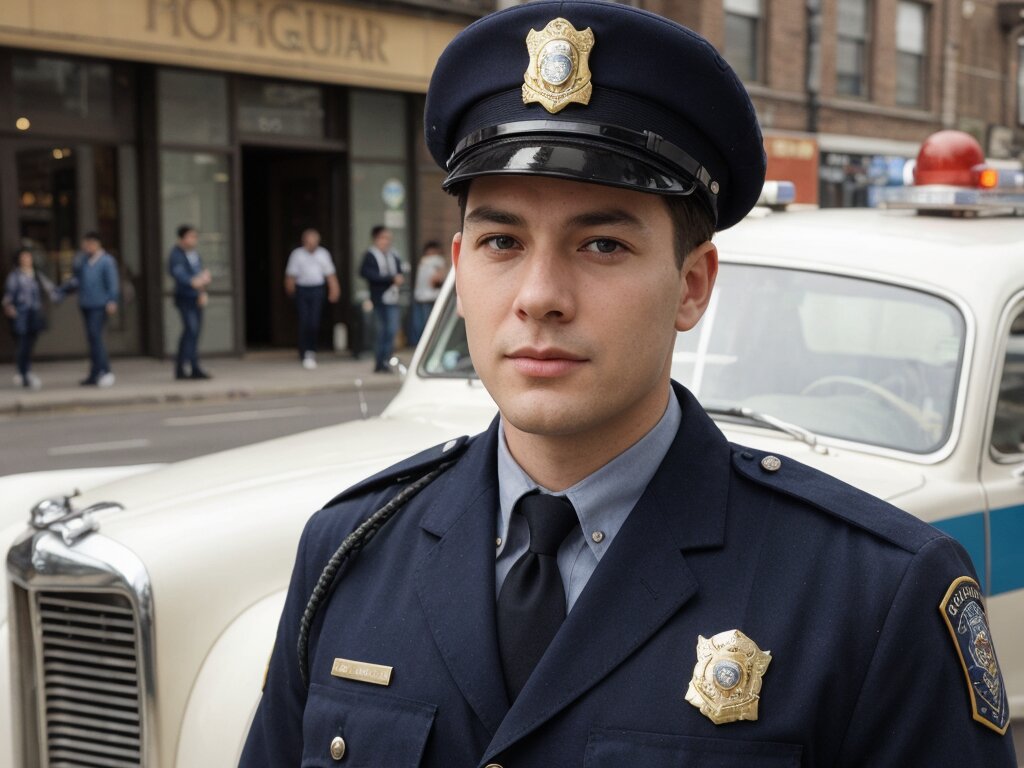
The tradition of enforcing strict grooming standards in police forces can be traced back to the early 20th century. Initially, the military heavily influenced these standards, emphasizing neatness and order. The typical early “police haircut” was very short, neat, and often resembled military styles, which symbolized discipline and a no-nonsense approach to law enforcement.
Evolution of Police Haircut Standards
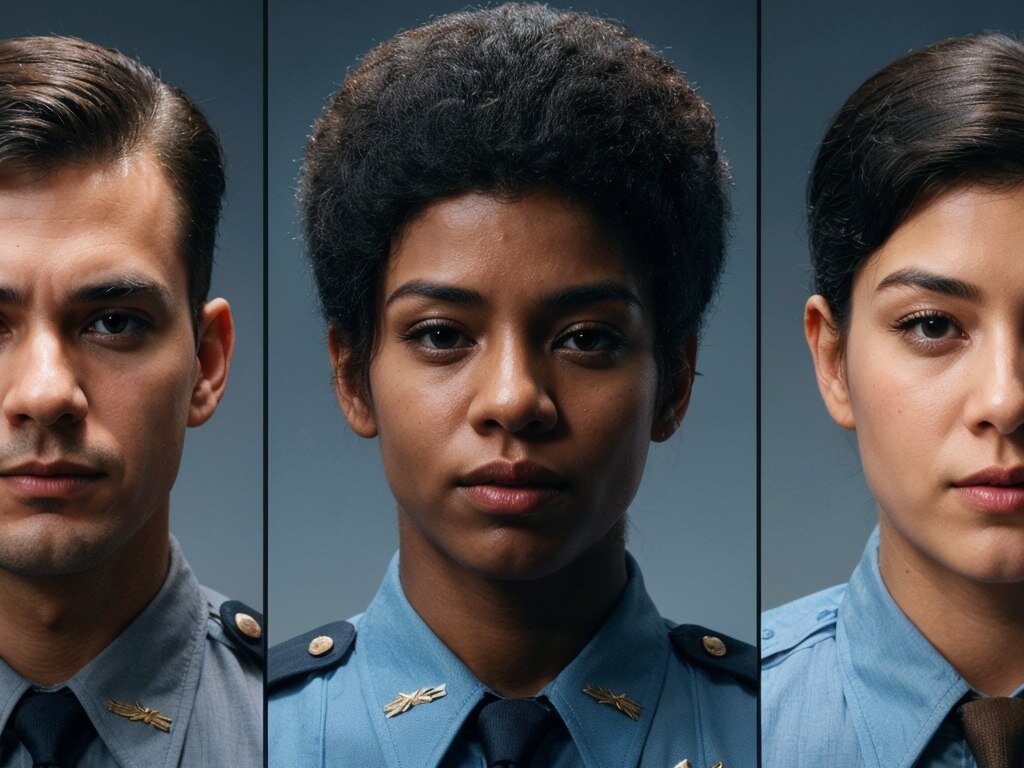
Over the decades, as society’s attitudes toward hair and personal expression have evolved, so have the grooming standards in police departments. In recent years, there has been a slight shift towards more flexibility, allowing for variations that accommodate different cultural backgrounds and personal identities, though the core idea of neatness remains paramount.
Current Haircut Regulations and Styles
Police Hair Cutting Style Across Different Countries

In the United States, the “cop haircut” usually involves a clean, short cut like a buzz cut or a fade police haircut. These styles are chosen for being low maintenance and practical. In contrast, European countries might allow slightly longer hair, even though the fundamental requirement for neatness and professionalism remains.
Female Cop Hairstyles
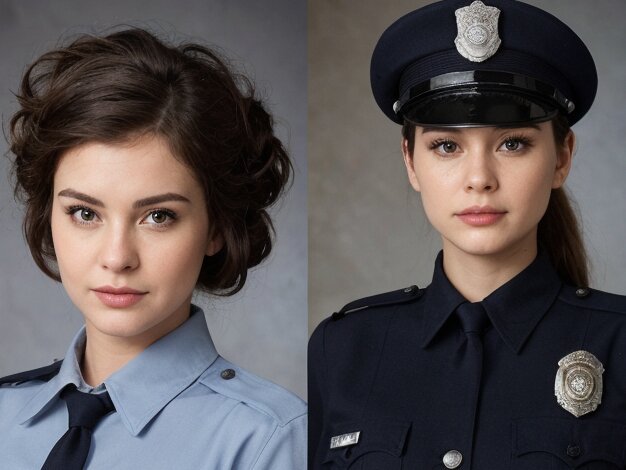
Female officers often face more complex standards. The requirements allow for longer hair than their male counterparts, but it must be kept neatly tied back or styled in a way that does not obstruct their duties. “Female cop hairstyles” typically include buns, braids, or short cuts that ensure manageability and security.
Role-Specific Variations
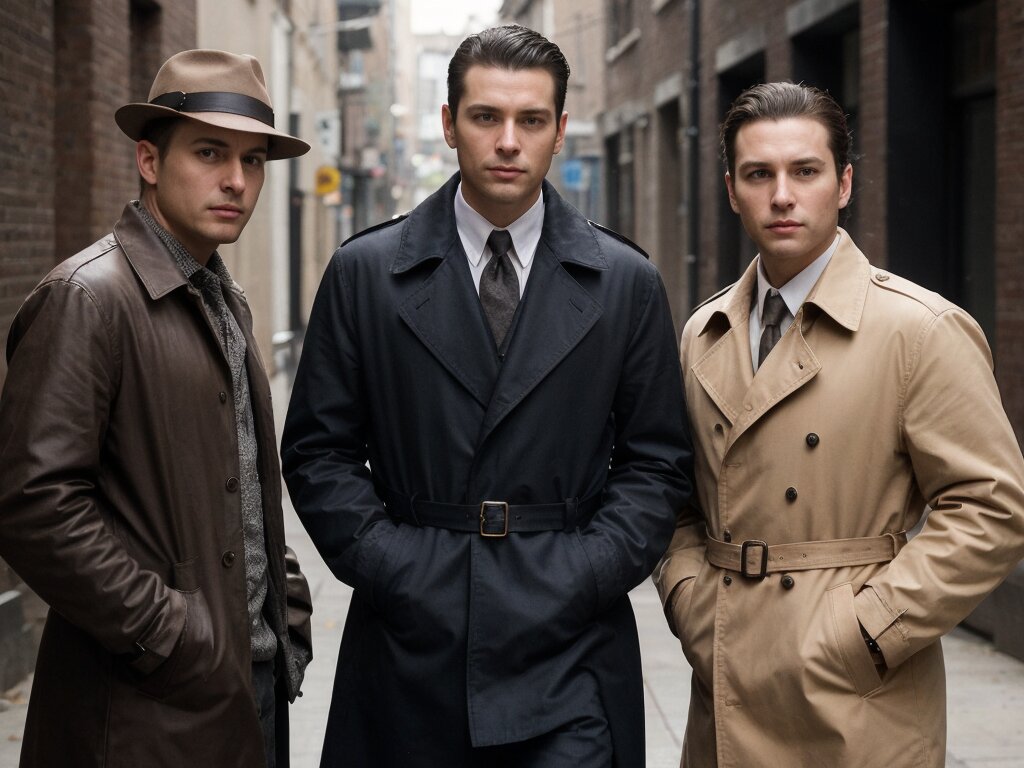
Detectives or undercover officers, who might need to blend in with civilians, often have more relaxed standards. This flexibility helps them perform their roles effectively without drawing attention to themselves as law enforcement officers.
Impact of Haircut Standards on Police Work
Professionalism and Uniformity Through Standard Haircuts
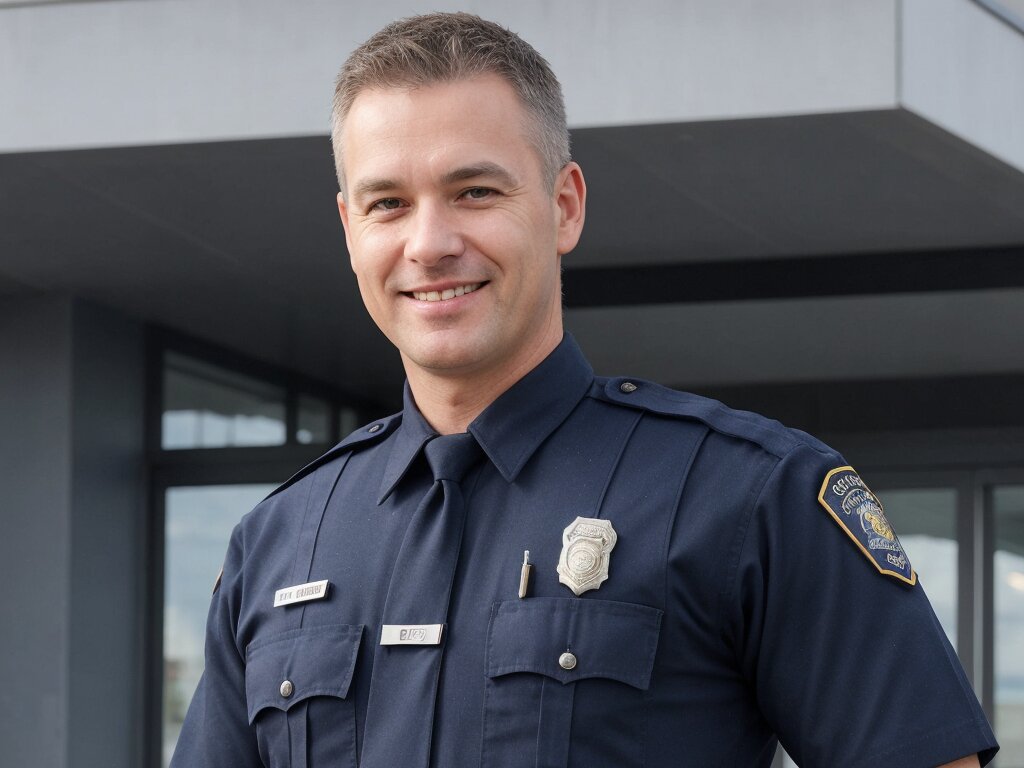
The enforcement of haircut standards, such as the “police officer haircut,” is key to maintaining a uniformed appearance across a department. This uniformity helps in creating an identifiable image of law enforcement that is easily recognizable by the public, which can be crucial in emergency situations.
Practical Reasons for Maintaining Short Haircuts
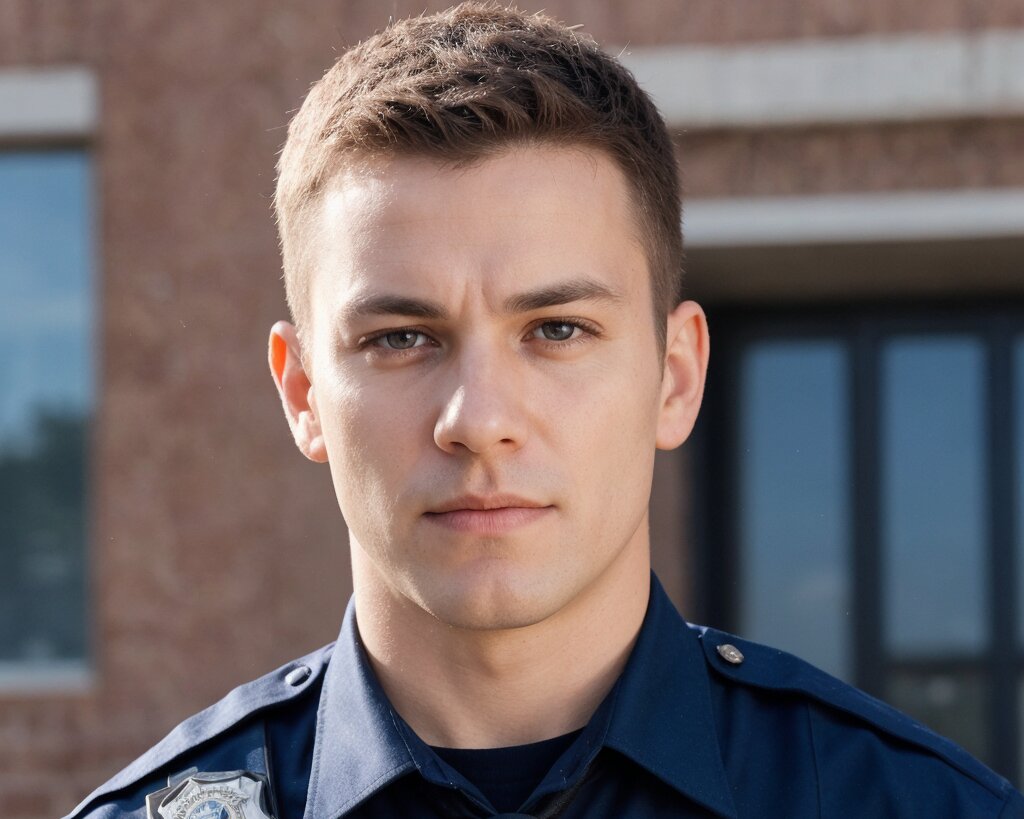
From a practical standpoint, the “police hair cutting style” is designed to prevent any disadvantages during physical confrontations. Shorter hair does not get in the way, does not provide a handle for an assailant, and is less likely to become entangled with equipment or obscure vision.
Public Perception and Community Relations
How Haircuts Affect Public Image
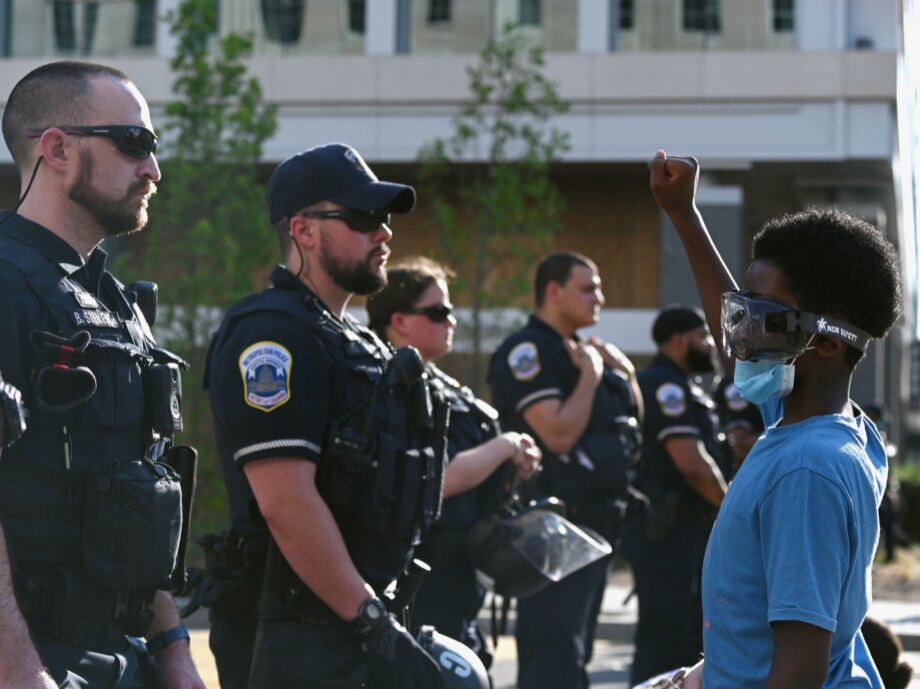
The public’s perception of the police can be significantly influenced by the officers’ appearance. A well-maintained and professional look can help build trust and respect within the community. Conversely, a more relaxed or unconventional appearance might make officers appear more approachable and less authoritarian, which could be beneficial in community policing contexts.
The Role of Haircuts in Law Enforcement Image

The “police haircut” serves as a visual symbol of order and discipline, which are foundational values in law enforcement. This symbolic value underlines the importance of grooming standards in reinforcing the professional ethos of policing.
Controversies and Modern Perspectives
Cultural Expression and Grooming Standards
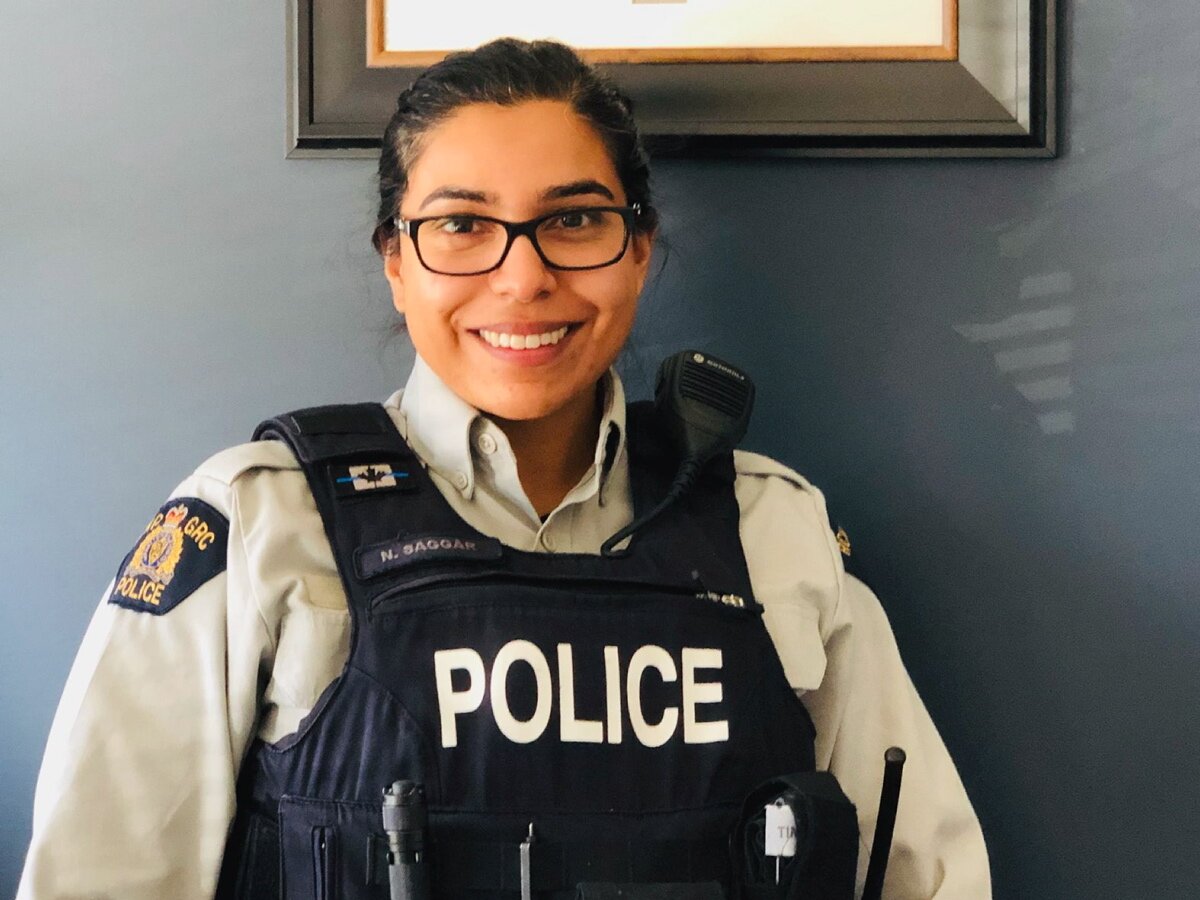
One of the criticisms of strict grooming policies like the “police haircut” is that they may suppress individuality and cultural expression. In multicultural societies, this can be a sensitive issue, as hair can be a significant aspect of cultural identity.
Debates Over Modernization of Standards
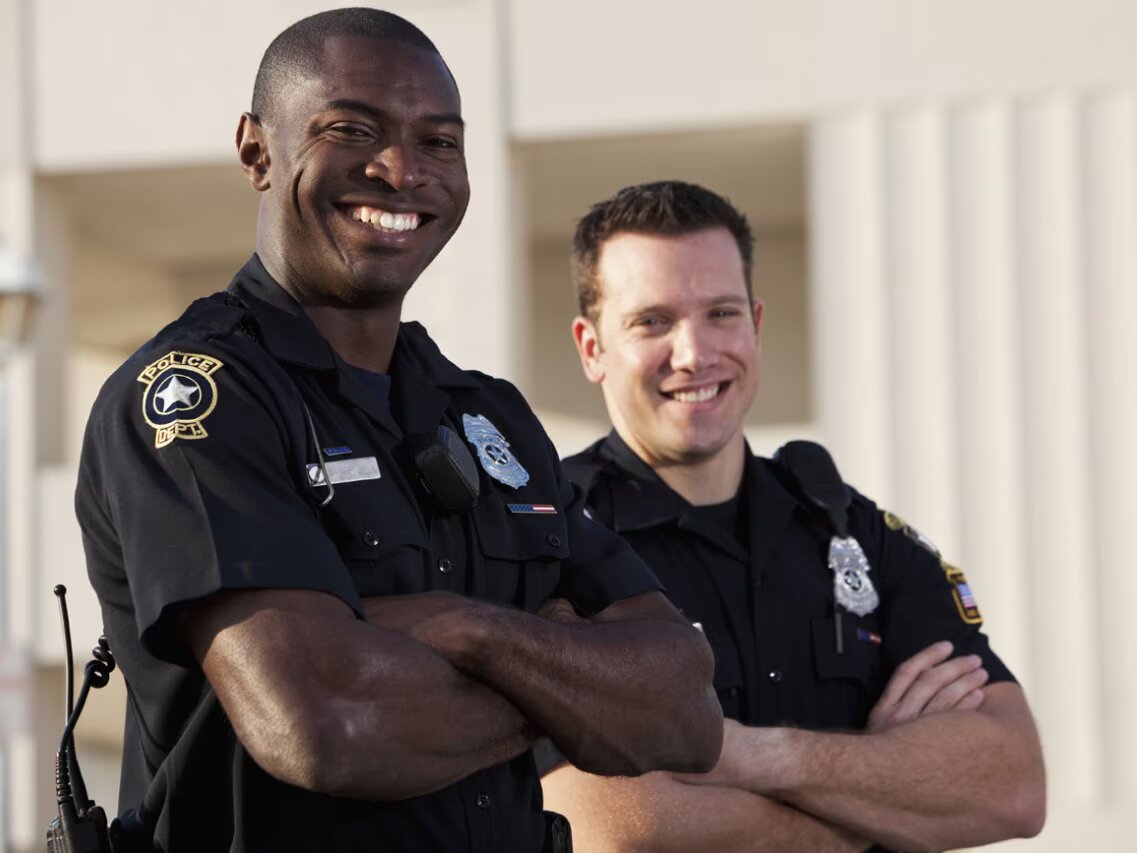
There is an ongoing debate about whether police grooming standards need to be updated to reflect contemporary social values, which prioritize diversity and personal expression over uniformity. Calls for modernization argue for a more inclusive approach that accommodates different hair types and cultural practices.
Conclusion
The “police haircut” remains a fundamental aspect of law enforcement uniform standards, embodying both practicality and symbolic order. While traditional views on police haircuts persist, evolving social norms continue to challenge and reshape these standards. Looking ahead, law enforcement agencies may need to strike a balance between maintaining discipline and embracing societal changes to better reflect the communities they serve.
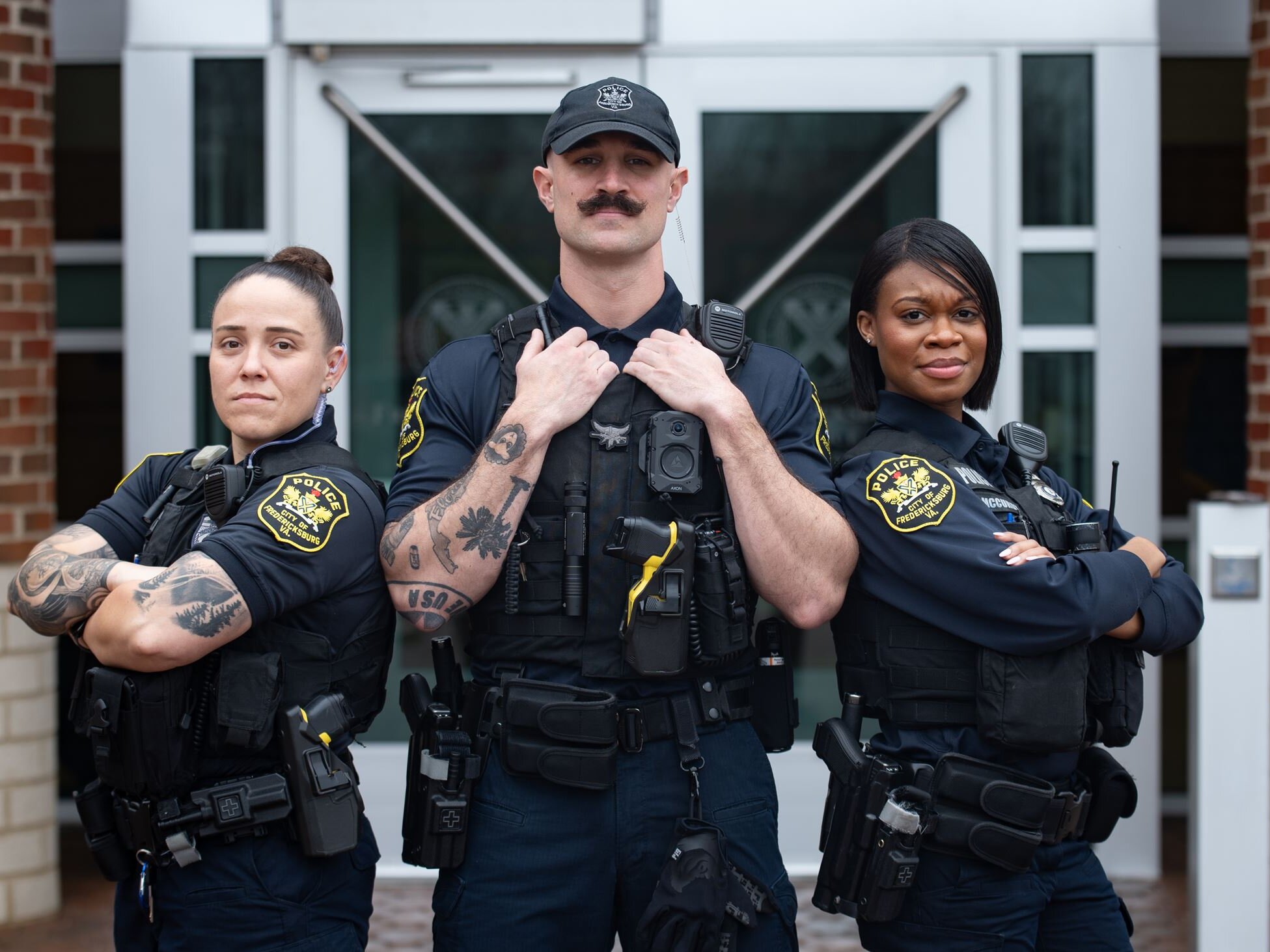
FAQs
- What is the most common police haircut? The most common police haircut is typically a short style such as the buzz cut or the fade police haircut, which are prized for their neatness and ease of maintenance.
- Why are police haircuts considered important? Police haircuts are important for maintaining a professional appearance, ensuring safety during physical engagements, and promoting a disciplined and unified image.
- How have police haircut standards evolved over time? Police haircut standards have evolved from very strict, military-inspired styles to slightly more relaxed and inclusive regulations that accommodate a broader range of hair types and cultural expressions.
- Can police officers wear hair longer for religious or cultural reasons? Yes, many police departments allow exceptions to standard haircut policies to accommodate religious or cultural practices, acknowledging the importance of diversity within the force.
- What might future police haircut standards look like? Future police haircut standards are likely to be more inclusive, reflecting a wider acceptance of different hair types and styles as societal norms continue to shift towards embracing diversity.

